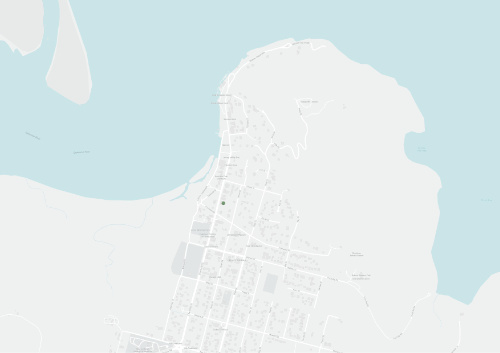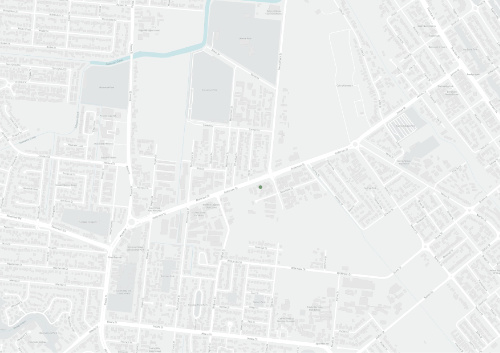Cape York NRM
New generation of water quality experts
New generation of water quality experts
Homeschooled children from the Cooktown region had a hands-on lesson in water quality testing this month when Cape York NRM took a group of students on a trip to Isabella Falls.
The Water Quality Field Day, held on March 8, was designed to teach students about the water cycle, why water quality matters, what affects water quality and how it can be monitored.
"The kids were so engaged and interested in learning about our local water,” Cape York NRM project officer Harry James said. “So it was fantastic to have a day like this.”
Harry was also impressed with their sampling skills.
“They'll be putting us out of a job in no time!” he said with a grin.
The group of seven children and three adults carried out water quality monitoring by using a secchi disk (which measures water clarity) and a turbidimeter (which gives turbidity reading in nephelometric turbidity units (NTUs)). Both were generously loaned to Cape York NRM by Jeff and Christina from Cape York Water Partnerships.
The students also tried out water sampling and filtering techniques used in the Paddock to Reef Integrated Monitoring, Modelling and Reporting Program.
“The young ones, especially, really enjoyed using the monitoring equipment - the turbidimeter was a real winner,” added Cape York NRM’s Nat James.
Student Joshua agreed using the electronic turbidity test machine was a highlight, with learning how to use a secchi disk coming in a close second. And his take-away from the day’s event?
“I learned that rain was slightly acidic and that we need to protect the rivers to protect the Reef.”
Another student, Julian, was fascinated to use the long pole and sampling bottle to collect a water sample and test it. He now knows that, “even if the water looks clear, it could still have floating sediment”.
A third student, Kristen said, “I liked learning about the water testing process and collecting an actual water test sample.”
This field trip provided Kristen with an added bonus - the data collected could be used to complete a water quality assignment for her geography class.
“I also learned that Australia is divided up into river catchment areas and that what happens at the top of the river catchment affects the river at the bottom of the catchment.
“I now know: there are 14 pH levels, there are multiple ways to test turbidity, that rivers have a natural balance of pH/sediment/turbidity; and that mangroves protect the ocean and the land at the same time.”
For organisers Nat and Harry, the highlight of the outing was seeing water quality knowledge being soaked up by the students like, well, sponges.
“We had some great conversations about the Endeavour catchment (which includes Cooktown) how water is used, and the services it provides (to humans and the natural environment),” Nat said.
“It was just so good to see the students thinking about the different indicators of water quality, how water quality might be impacted by land use changes and what people are doing here in the catchment to help improve or maintain good water quality.”
Cape York NRM is planning another field day for Cooktown State School students in the near future.
This project is funded by the partnership between the Australian Government’s Reef Trust and the Great Barrier Reef Foundation
This project is funded by the Australian and Queensland governments’ Paddock to Reef Integrated Monitoring, Modelling and Reporting Program and the Queensland Government’s Natural Resources Investment Program, and supported by Cape York NRM.

